The Cotswolds is steeped in history and culture that is centuries in the making. The Cotswolds originally got its fame from its highly lucrative wool trade, with Cotswold wool being known as the best wool in all of Europe. The rolling hillsides and endless areas for pastures made for a perfect location to raise giant flocks of sheep. In the Middle Ages, that is precisely what they did, and soon 50% of England’s economy was based on wool. Abbeys and monasteries raised “Cotswold Lions,” which are sheep known for their long golden fleeces, and merchants soon became rich. The wool industry grew so large at one point that King Charles II made it mandatory for the deceased to be buried in wool; this is how the idiom “You can’t pull the wool over my eyes” came to be, meaning that “I am not dead.”
The Cotswolds created more than wool over the centuries. The trade from this area included the unique honey-coloured stone seen in the villages, silk, tobacco leaves, and as routes for salt and coaching. Even with these incredibly lucrative trade practices, the Cotswolds was not always a land of peace.
The Cotswolds was at the centre of two civil wars, one from 1642 to 1645 and another from 1648 to 1649. These wars were fought by King Charles I and his Royalists against the supporters of Parliament. The king had his headquarters at Oxford, the Parliamentarians had garrisons at Gloucester and Bristol, and there were sympathisers at Malmesbury and Cirencester. The Cotswolds held enormous strategic importance, and the first battle of the Civil War was actually fought at Edgehill, on the northern edge of the region. Eventually, the Parliamentary Force won, but not without leaving lasting impressions of war upon this glorious landscape.
Centuries have passed and the Cotswolds today has become a peaceful landscape of adorable villages, tasteful manors, and hidden gardens. You can find rest and relaxation at cute guest houses, fine dining establishments, cosy pubs, and specialised shops.
History of the Cotswold Way
The Cotswolds is a 164-kilometre-long National Trail that is centuries in the making. For hundreds of years, the trails that created the framework of the Cotswold Way were traversed by farmers, hunters, animals, and anyone else who had to pass through the region. To give an extra historical zing, William Shakespeare was born in Stratford-upon Avon in Warwickshire, which means that earlier in his life he must have walked along these same trails perhaps musing of epic poetry.
In 1966, the Cotswolds was designated an Area of Outstanding Natural Beauty (AONB). Soon after, in 1970, this path was established in conjunction with the Cotswold AONB by the members of the Rambler’s Association. Almost 30 years later, in 1998, the national trail was approved for development; although it was not until May of 2007 that the path was formally launched. This is one of only 16 trails of its kind in all of England and Wales, making it a unique cultural experience that visitors love to flock to each year.



 30 years' experience providing walking holidays worldwide
30 years' experience providing walking holidays worldwide
